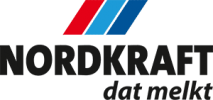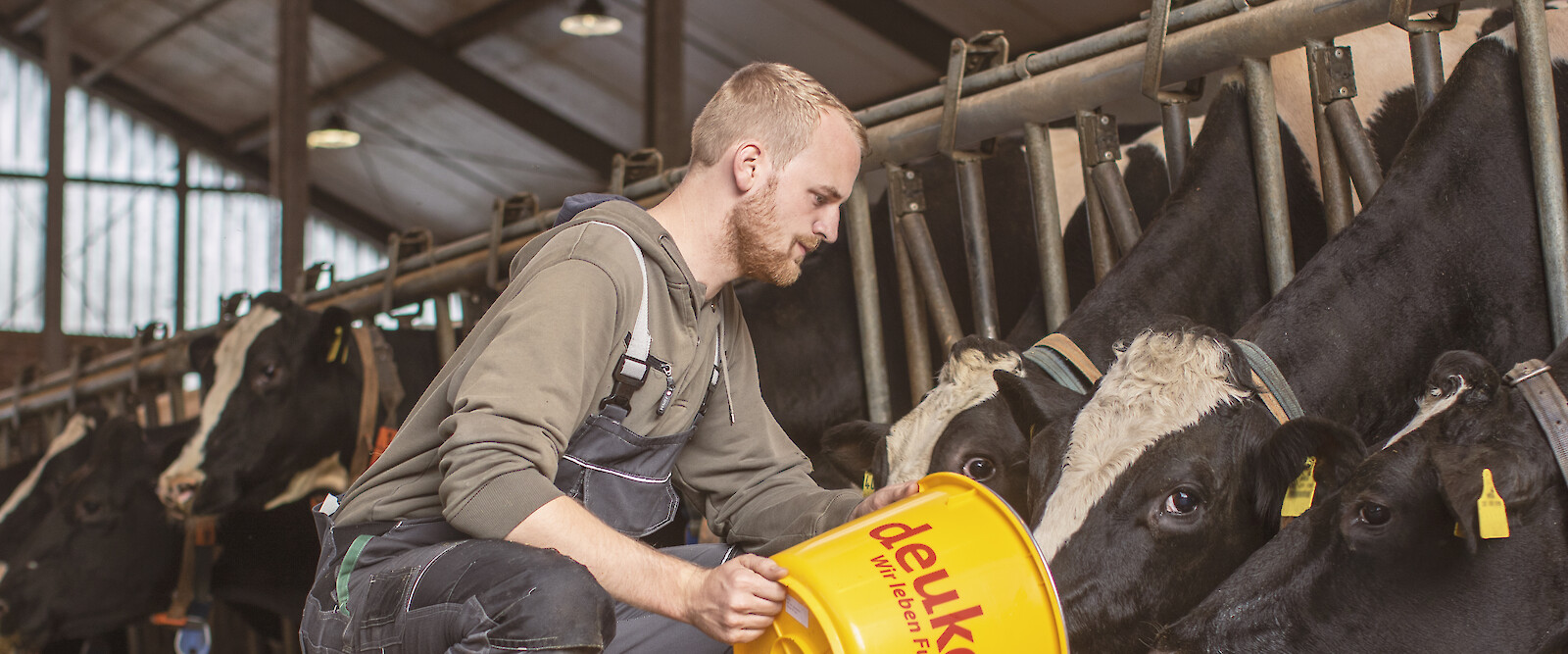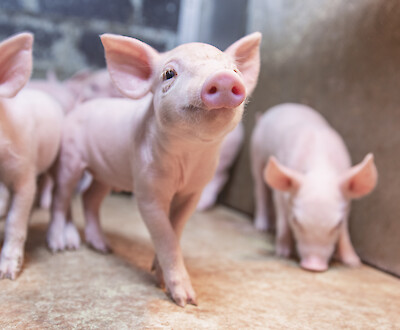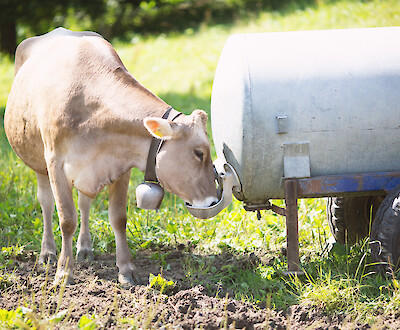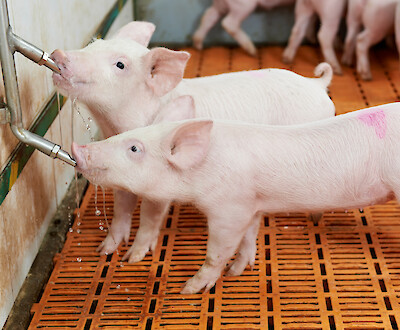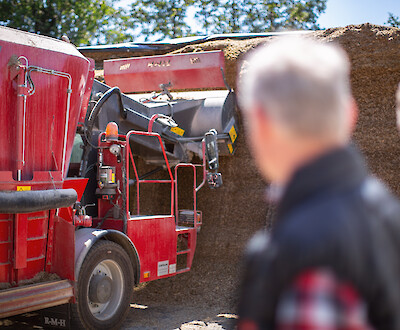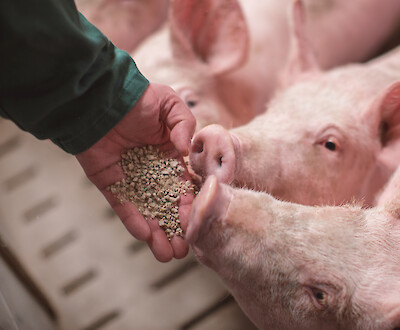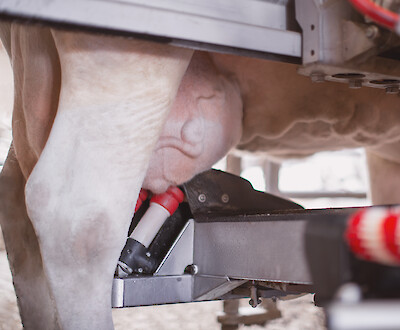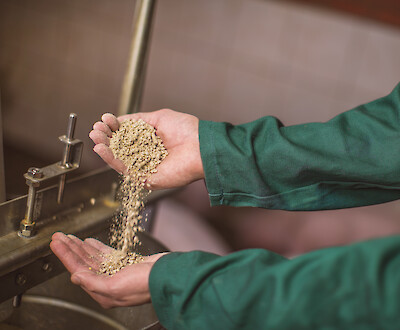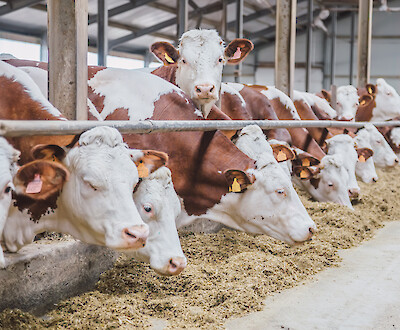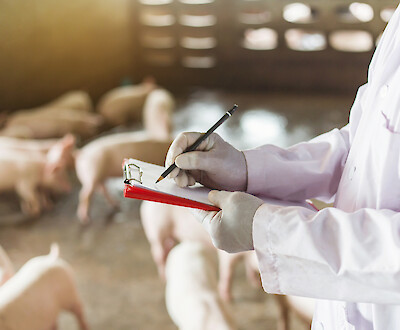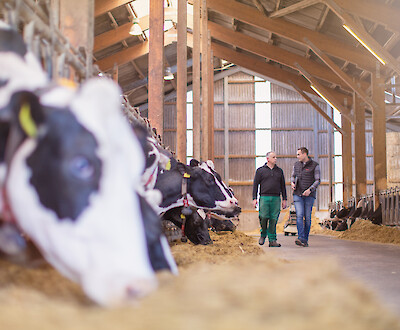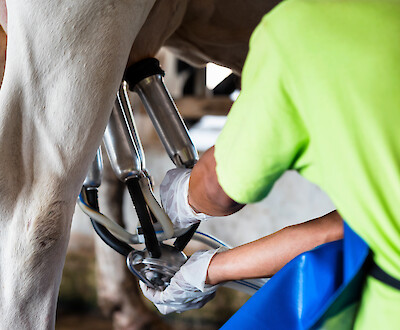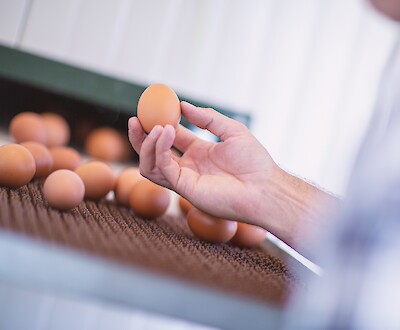Reduction of nitrogen and phosphorus
What are the benefits of switching to N P-reduced feeding?
The new Fertiliser Ordinance (DüV) requires a reduction of nitrogen and phosphorus surpluses on farms. In order to comply with the limits, land-scarce and intensively managed farms must look at ways to reduce the surpluses. These include agronomic approaches such as increasing fertiliser efficiency, releasing surplus manure or - if possible - leasing additional land. On the animal side, the focus is primarily on improving herd management and optimising feeding. Switching to an N P-reduced variant offers the most efficient option here.
The adjustment of feeding forms an important adjusting screw for reducing the excretion of excess nitrogen (N) and phosphorus (P) from dairy cattle. Avoiding luxury consumption is of central importance for this. It is important that the milk yield of the animals is maintained as well as the quantity and quality of the milk constituents.
N-reduction through protein-reduced special feeds
The most efficient measure to avoid luxury consumption is the use of N P-reduced special feeds. Protein-reduced feeds achieve the N saving through a higher content of usable crude protein (nXP). In our N P feeds, we achieve an increase, among other things, by using UDP 33. UDP 33 is treated rapeseed extraction meal that is pressure-hydrothermally treated and rumen-protected with the help of our patented opticon® process. Optimised in this way, our forages deliver particularly high levels of nXP.
The use of UDP 33 also ensures that the animals are supplied with essential amino acids such as usable methionine and lysine at the small intestine. At the same time, the gentle opticon® treatment makes the feeds particularly palatable, which makes them ideal as attractant feed on the automatic milking system (AMS).
Feed analyses: prerequisite for effective feed conversion
The basis for the conversion to N P-reduced feeding is detailed analysis of the coarse feed. This always includes the mineral content and - above all - the phosphorus content. Only with the help of this data can a targeted ration calculation be made, which ensures that the animals are supplied with the nutrients they need and that their milk yield is maintained.
LUFA feed analysis: quick, inexpensive and convenient
As part of a cooperation with the LUFA (Landwirtschaftliche Untersuchungs- und Forschungsanstalt) Nord-West, we offer farmers the possibility of analysing their own feed at discounted prices.
Visit our LUFA analysis tool and secure your price advantage!
Efficiency calculator shows advantages of forage conversion
With the RumiTop® N P efficiency calculator, you not only quickly and easily determine the area required for the discharge of N P surpluses on your farm. At the same time, the modern tool shows how the conversion to N P-reduced feeding helps to reduce surpluses and to comply with the requirements of the new fertiliser regulation.
Simply enter your farm and herd data, select the feedstuff, and you're done! Here you can create your trial calculation!
Further components of a successful N P reduction
A targeted adjustment of the nXP and P contents by means of phase feeding also leads to a reduction in N P excretion during the course of lactation and during the dry period. The prerequisite for this is an appropriate grouping of the herd or the possibility of targeted mixed feeding in the individual phases.
Before changing over to N P-reduced feeding, it is also important to check whether the other measures of herd management can be exhausted. These include:
- Optimising the rearing of young cattle by, for example, early first-calving age, outsourcing the young cattle population or buying in highly pregnant heifers.
- Reduction of the remounting rate.
- An intensification of animal selection through the selection of poorly performing or sick animals.
- Optimising the occupancy rate in the barn as well as the basic feed and feed table management.
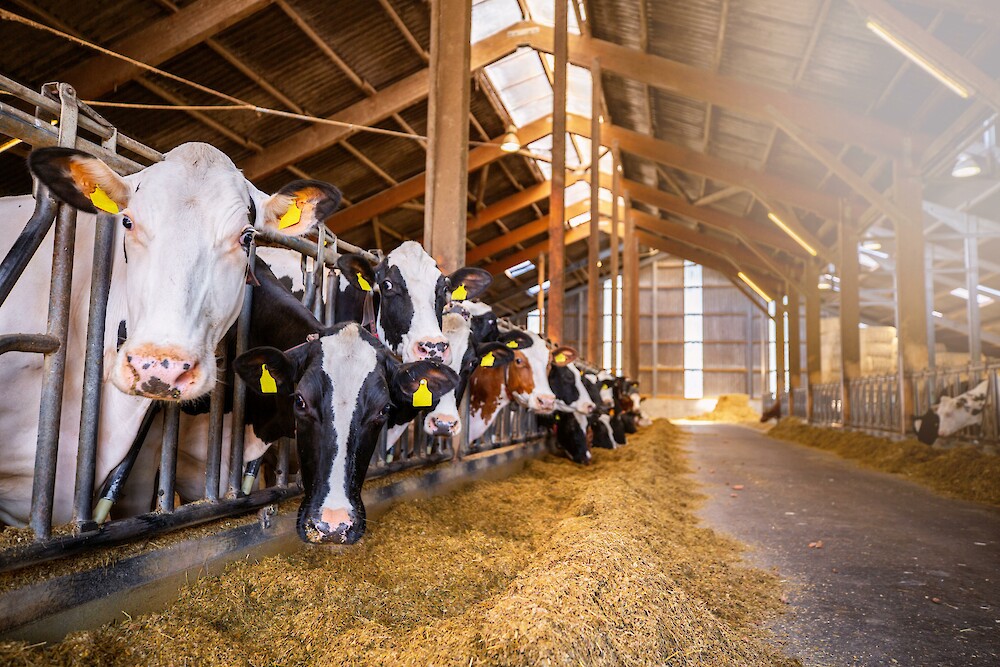
Often underestimated: P content in mineral feeds
Even before considering a reduction of the P content through special compound feeds, it is important to take a close look at the use of the mineral feeds used: Studies show that a large part of the excessive phosphorus content of many rations is caused by the P-supplementation of the mineral feed . A change to a mineral feed that is lower in P or free of P can therefore be a remedy. At the same time, feed costs can be reduced, as every percent of phosphorus in the mineral feed incurs costs.
Conclusion
- The new Fertiliser Ordinance requires a reduction of N P surpluses on farms.
- An important option for this is to switch to N P-reduced feeding.
- A high nXP content in the feed helps to save N. Concepts with UDP 33 provide particularly high levels of nXP and essential amino acids.
- Switching to a lower P or P-free mineral feed helps to reduce phosphorus.
- The basis for optimising feeding is a detailed analysis of the coarse feed (incl. mineral content or phosphorus) and a targeted ration calculation by our field service.
Further information
- Leaflet 444 of the German Agricultural Society (DLG) "Consideration of N- and P-reduced feeding methods in the nutrient excretion of dairy cows"
- Flyer on N P-reduced feeding with products of our brands deuka and Club


